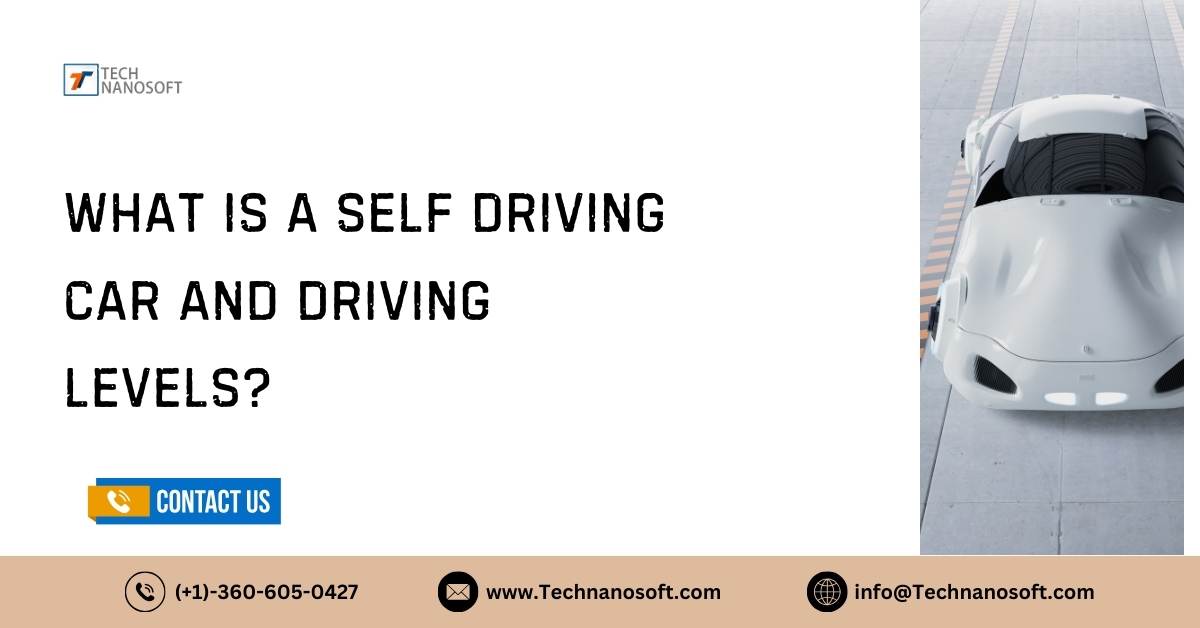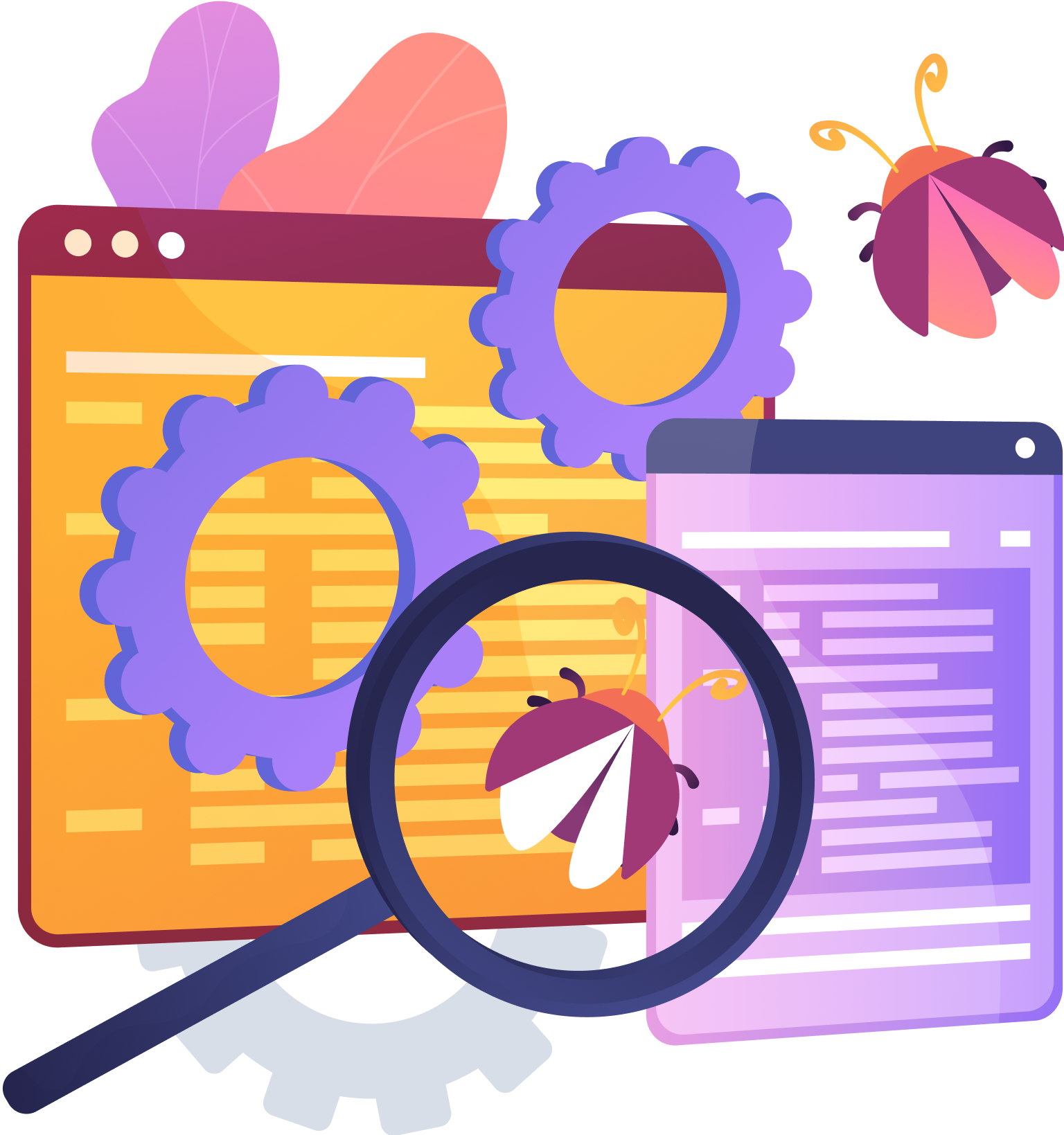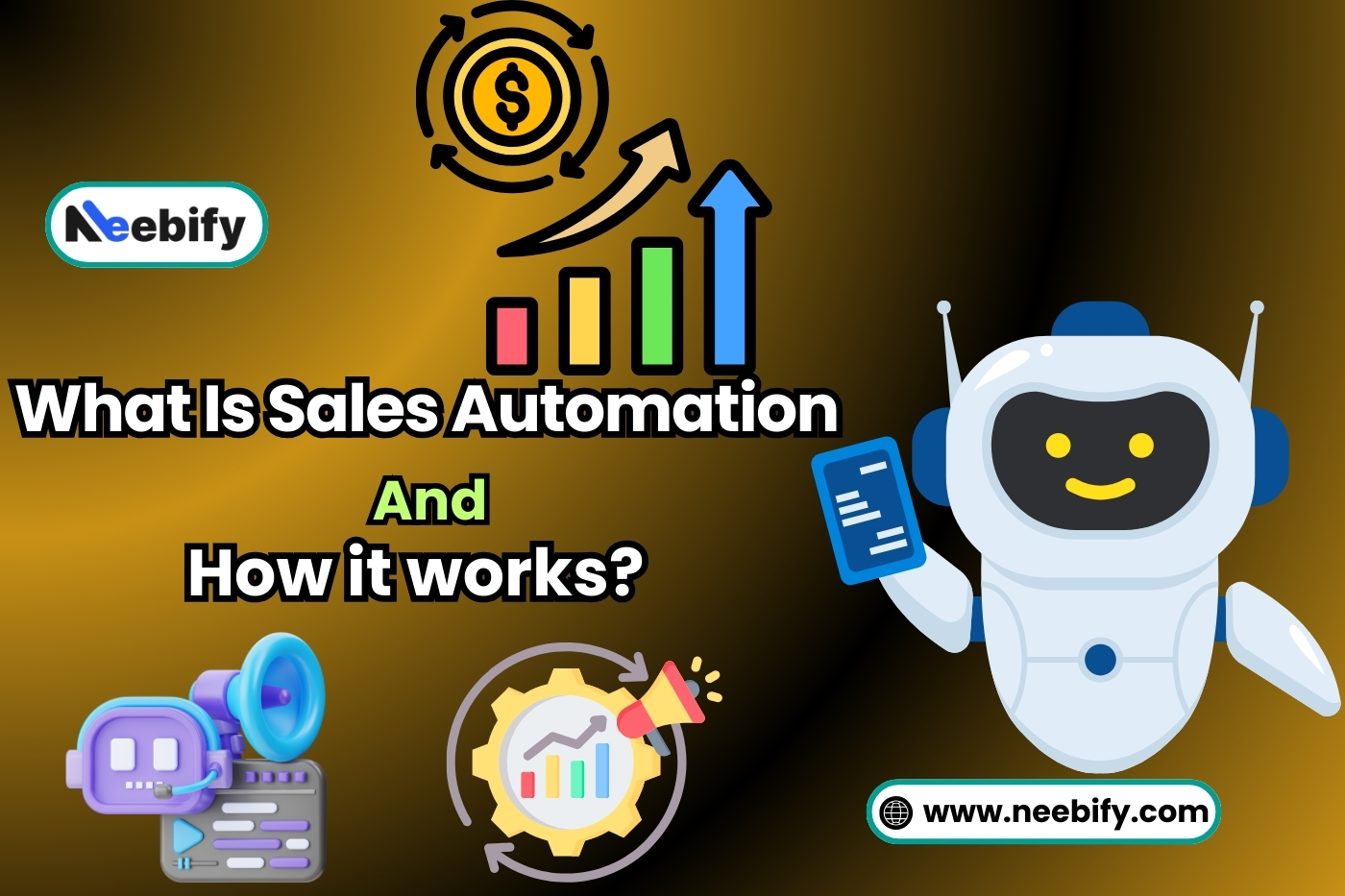What is a Self Driving Car and Driving Levels?

In this artcile, we'll explores about self driving cars and use of AI technology in robotic car. It explains how AI has impacted autonomous vehicles. The main AI features in self-driving cars.
We will also discuss their benefits. Additionally, we will give examples of the top AI technologies used in this industry for robotic car. we'll look at the future of AI across six levels of self driving cars to show the way to fully driverless cars.
What is a Self Driving Car?
An autonomous vehicle, also known as a self driving car, utilizes advanced sensors, cameras, and artificial intelligence (AI) to navigate autonomously without human assistance. Radar, lidar, GPS, and computer vision are some of the technologies.
Self driving cars understand their surroundings, find barriers, follow traffic rules, and make decisions about how to drive in real-time. Self driving cars aim to improve road safety, reduce traffic, and facilitate mobility for individuals unable to drive. Several companies worldwide are developing and testing them to improve and streamline transportation.
How Does AI work in Self-Driving Cars?
Decision Making
Self-driving cars use AI to make choices by processing huge amounts of data from sensors to decide what to do in real-time. It includes finding the best routes, changing speeds, reading road signs, and staying away from obstacles. Advanced algorithms look at the surroundings and guess what dangers might be there, ensuring safe navigation.
The AI continuously learns and responds to novel situations, continuously making decisions to enhance performance and safety. This makes it possible for self-driving cars to work well and quickly adapt to changing road conditions.
Natural Language Processing (NLP)
Self-driving cars can understand and react to human speech thanks to natural language processing (NLP). This technology lets the driver and passengers use voice commands to connect with the car. It makes driving easier and hands-free.
NLP can understand and translate what people say, and then carry out tasks like setting destinations, adjusting temperature, or playing music. NLP makes self-driving cars easier to use and more accessible for people. We aim to enhance and simplify the interaction between humans and computers.
AI Modeling
Complex algorithms that mimic human driving are necessary. These models receive training from numerous data sets featuring diverse driving scenarios. It lets the AI learn from real-life events. It uses machine learning and deep learning techniques to create models capable of identifying patterns and making predictions.
AI modeling ensures that the car can drive in a variety of environments and weather conditions and make smart decisions. Training and improving these models over time enhances the accuracy and reliability of autonomous driving systems.
Sensing
Self driving cars use advanced technology like cameras, radar, lidar, and sensors to detect their surroundings. When sensors work together, they get a full picture of the area around the car and can pick out objects, people, and other vehicles.
The AI uses the information it gathers to make a real-time map of the area, which lets the car drive safely. Sensing technology makes sure that the self driving car can understand and react to changing road conditions. It makes the driver more aware of their surroundings and helps avoid crashes.
READ ALSO- How To Develop Best Sports Streaming App Like Sportsurge?
Outstanding Features of Self-Driving Cars
Navigation
Self driving cars use powerful AI to find their way around by combining digital maps, GPS, and real-time traffic data. The AI is always changing routes to avoid traffic, road closures, and other problems, which makes the journey faster.
This function lets self-driving cars find the best routes, which cuts down on travel time and fuel use. AI-driven navigation improves the driving experience by changing routes based on current conditions. This makes trips safer and easier for passengers.
Processing Sensor Data
In self-driving cars, processing sensor data means looking at data from radar, lidar, cameras, and ultrasonic devices. The AI figures out what this information means and makes a thorough, real-time map of the area around the car. It includes finding and following things, guessing where they might go, and evaluating possible dangers.
Fast processing of sensor data helps the vehicle make smart choices like braking, accelerating, or changing lanes. It makes sure that the vehicle runs safely and smoothly in all kinds of driving situations.
Connected Car
AI enables connected cars to communicate with other driverless cars, infrastructure, and cloud services. The car can get real-time information like traffic updates, weather reports, and road alerts through this connection.
It helps the manless car be more aware of its surroundings. This data helps the AI make better decisions about driving, which makes it safer and more efficient. Connected cars can receive updates and data remotely for the latest features and optimal performance.
Path Planning and Execution
AI helps self-driving cars find the best route and makes sure they stay on track while driving. The AI plans a safe and efficient route by looking at things like road conditions, traffic, and barriers. The AI makes a plan for the vehicle and monitors its progress.
It ensures the vehicle stays on track and makes adjustments when necessary. This feature assists the self driving car in navigating difficult areas. It also helps the car adjust to changes and avoid dangers for a smooth journey.
Driving An Autonomous Vehicle
Autonomous vehicles use advanced AI systems to navigate and control themselves without human assistance. This technology uses sensors, cameras, and GPS to understand its surroundings. It then uses complex algorithms to make choices about what to do while driving in real-time.
The AI controls the direction, speeding up and slowing down and changing lanes, making sure the trip is safe and quick. The goal of autonomous driving is to reduce human error, improve road safety, and make transportation easier, all of which will make travel more reliable and accessible.
Object Recognition
Self-driving cars use AI to locate and label objects around the vehicleI called object recognition. It includes finding people on foot, other cars, traffic signs, and things that might get in the way. The AI takes in information from cameras and sensors and correctly recognizes and tells the difference between different things.
Robotic car feature is important for safe driving because it lets the car react correctly to changing circumstances. Object recognition that works well lets the self-driving car make smart choices, stay out of traffic, and follow the rules, which makes the whole situation safer.
Behaviour Prediction
Behavior forecasting in self-driving cars means that the AI can guess what other people will do on the road. Using patterns and movements, the AI predicts how people, bikes, and other vehicles will behave in the future. With this kind of foresight, the self-driving car can prevent accidents by slowing down or changing directions. Predicting how a car will drive helps it safely navigate traffic, making driving safer and more reliable for everyone.
Advantages of AI in Self-Driving Cars
Enhancing Safety
AI in self driving cars makes them safer by reducing human mistakes, which are the main cause of mishaps. The manless car detect and avoid dangers faster than a human driver thanks to advanced sensors and real-time data processing.
AI systems constantly scan their surroundings, staying away from other cars at safe distances and following traffic rules. Staying alert while driving makes it safer and reduces the risk of accidents for everyone on the road.
Productivity and Convenience
AI-powered self-driving cars are more productive and convenient because they let passengers use their journey time for other things. As an alternative to driving, people can work, relax, or do other fun things during their commute. AI systems take care of all the driving tasks, such as finding your way, managing traffic, and parking, so you don't have to. Helpful for people who can't drive, like the elderly or disabled, because it gives them more freedom and movement.
Reduced Traffic
Self-driving cars with AI help clear up traffic by figuring out the best ways to drive and making traffic move better. Vehicles that drive themselves talk to traffic control systems and each other to plan their movements and avoid traffic jams and delays. AI can also predict traffic jams and help people avoid them by choosing the best routes in real-time. Everyone who uses the roads benefits from smoother traffic flows, reduced travel times, and reduced general congestion.
Energy Saving
Self-driving cars use AI to get the most out of their gas mileage and energy use. AI systems help save fuel by analyzing driving situations and encouraging smoother acceleration and braking techniques. You can choose energy-efficient routes for self-driving cars to save even more energy. Adding electric and hybrid technologies to AI-driven or unmanned car also helps make transportation greener by reducing carbon pollution and supporting long-term environmental sustainability.
Improved Accessibility
Self-driving cars with AI make it a lot easier for people who can't drive, like the elderly, disabled, and people without a driver's license, to get around. Self-driving cars are a safe and independent way to get around, which improves movement and includes everyone.
AI systems make sure that these passengers can get where they need to go safely and easily without a human driver. Making things easier to access helps more people participate in activities and access necessary services. This ultimately improves their quality of life.
Examples of Artificial Intelligence in Self-Driving Cars
Tesla Autopilot
Tesla Autopilot is a high-tech AI system that lets you drive partially on your own. It moves, changes lanes, and controls the speed in real time with the help of cameras, ultrasonic devices, and radar.
Autopilot makes driving safer and easier by helping with things like traffic-aware speed control and parking itself. Tesla is working on supercharge system with FSD software. This software will allow cars to drive themselves. The goal is to make driving easier and more convenient.
Waymo
Alphabet Inc. owns Waymo, a leader in self-driving car technology. Its self-driving cars use Lidar, radar, and cameras to create accurate 3D maps of their surroundings. Waymo's AI uses this information to navigate complex cities safely.
The company has started a paid ride-hailing service called Waymo One in some places. To show how AI could change public transportation and personal mobility.
Uber
Uber is developing AI-controlled self-driving technology to enhance its ride-hailing services. The company self-driving cars use lidar, radar, and cameras, among other devices, to find and understand their surroundings. Ai car systems use this information to make real-time driving decisions, aiming to enhance safety and efficiency. Uber investment in self-driving technology shows that it wants to make the transportation network more stable and simple to use.
NVIDIA
NVIDIA develops the tools and AI technology required for self-driving cars. Its Drive platform incorporates powerful GPUs and deep learning algorithms to process vast quantities of sensor data swiftly. NVIDIA's AI helps self-driving cars understand their surroundings, make choices, and find their way safely. The company technology helps car makers and tech companies to improve autonomous driving, making business operations more efficient.
The Future of AI in 6 Autonomous Driving Levels
Level 0 (No Driving Automation)
At Level 0, the car does not operate automatically. The human driver maintains complete control over the car, performing tasks such as steering, stopping, and accelerating. Still up to the driver to be responsible, even if the car has warning systems or short-term help. At this level, AI can only do basic safety things, like warn you about collisions, and cannot take direct control of the unmanned car.
Level 1 (Driver Assistance)
Level 1 includes driver assistance, in which AI systems can help with a single job. Adaptive cruise control and lane-keeping aids are two examples. The human driver remains fully involved and in charge of all other aspects of driving. At this level, AI makes things easier and safer by helping with certain tasks without taking over the whole car.
Level 2 (Partial Driving Automation)
At Level 2, AI controls some aspects of driving, such as turning, speeding up, and slowing down. The driver must stay alert and ready to take over. This group includes systems like Tesla's Autopilot. AI improve driving by enabling multitasking, yet human oversight ensures safety and accurate decision-making.
Level 3 (Conditional Driving Automation)
At Level 3, AI assumes responsibility for all driving tasks under specific conditions. It known as conditional driving automation. Taking a break from driving requires the driver to be ready to take over if the system calls.
AI systems can observe their environment and make quick decisions. This allows drivers to do things like drive fast on the highway without needing to use their hands.
Level 4 (High Driving Automation)
Level 4 is high driving automation, which means that the AI can do all driving tasks without any help from a person in certain places or situations. In pre-established geofenced areas, the car can operate autonomously. An override by a person is possible but usually not needed. At this level of AI, they can do a lot of things on their own, which makes controlled settings safer and more efficient.
Level 5 (Full Driving Automation)
By Level 5, AI fully automates all driving tasks and manages all driving situations without human assistance. No need for a steering wheel or pedals because the car drives itself.
The most advanced level of automation imagines a future where AI technology ensures transportation is seamless, secure, and effective. This will simplify travel for all individuals. Making the process of getting from one place to another easier.
Transform your Automotive Industry With Expertise of Technanosoft
Technanosoft provides advanced AI and automation tools for the car industry that encourage new ideas and improved efficiency. The experienced in creating advanced technologies, such as ADAS and self-driving cars. Developer offers personalized solutions to integrate with your current systems. These solutions aim to improve the safety, efficiency, and performance of your vehicles.
Working with Technanosoft allows you to leverage our comprehensive industry knowledge and innovative strategies to achieve your business objectives. We have sustainable innovations that are ready for the future of mobility. These innovations will help you grow and stay ahead in the changing car market.
FAQs About Self-Driving Cars
Q.1- How reliable are self-driving cars?
A- The design of self-driving cars prioritizes reliability. They use powerful AI and sensors to see what's on the road and react to it. They undergo continuous improvements and thorough testing to enhance their reliability.
Q.2- What are the challenges faced by self-driving cars?
A- Problems include navigating complex cities, handling unpredictable human actions, ensuring security of systems, and addressing legal and regulatory concerns.
Q.3- How do self-driving cars handle things that don't go as planned?
A- Self-driving cars use ai car technology to learn from data. They can quickly respond to unexpected events, like sudden obstacles or erratic driving by other vehicles.
Q.4- Are self driving cars legal?
A- Yes, some places allow self-driving cars, while others do not. Some places have laws that permit testing and deployment of self-driving vehicles. In other places, they are still in the process of developing platforms for these vehicles.
Q.5- How do sel driving cars make it easier for automobiles to get around?
A- Self-driving cars talk to traffic systems and each other to drive better, lessen traffic, and make traffic flow smoother.









